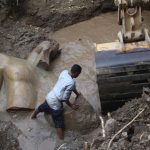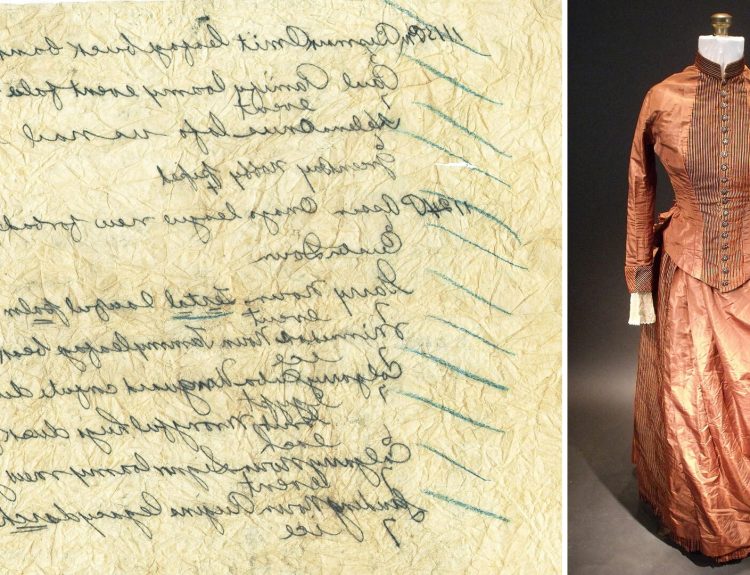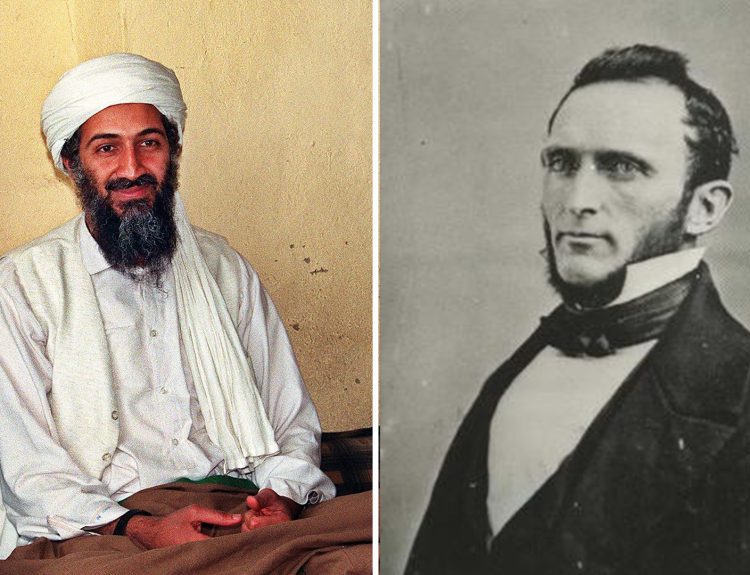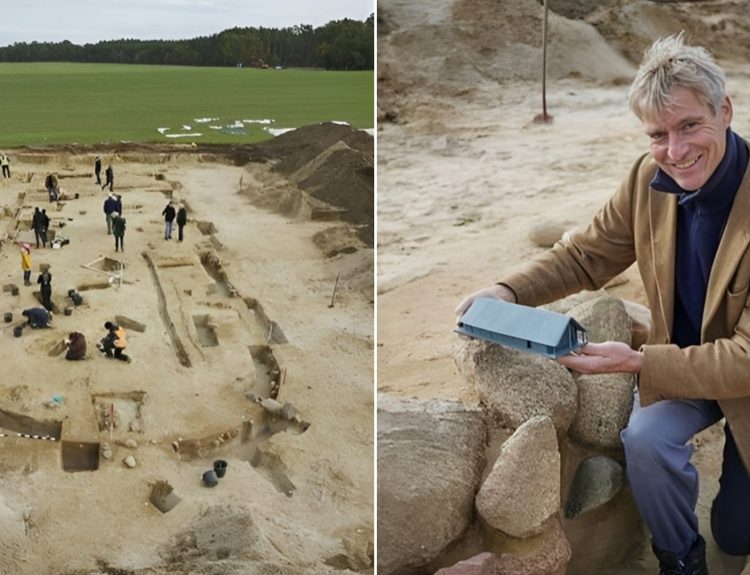In a groundbreaking archaeological discovery, an ancient brick has emerged from the depths of history, revealing not only its remarkable age of 2900 years, but also its fascinating botanical contents. This ancient artifact, excavated at a site in present-day Iraq, has provided researchers with invaluable insights into the vegetative and floral life of an era long past.
Upon closer examination, the brick unveiled an astonishing revelation – it contained remnants of plants and even traces of animal dung. Through an extensive study of this nearly three-millennia-old brick, researchers have gained profound knowledge about the flora that thrived during that time.
The brick’s origin can be traced back to the ruins of a palace belonging to Ashurnasirpal II, a neo-Assyrian king. Inscriptions boldly preserved on its surface have allowed archaeologists to confidently date the brick between 879 and 869 BCE, aligning it with the likely period of the palace’s construction.
A collaborative effort between experts from the University of Oxford in the UK, the University of Copenhagen in Denmark, and the National Museum of Denmark was essential in unraveling the secrets held within this ancient brick. Together, they identified an astounding 34 different plant species, each offering a glimpse into the biodiversity of ancient Assyrian life.
Sophie Lund Rasmussen, the principal researcher from the University of Oxford, expressed her astonishment at the brick’s ability to serve as a time capsule, preserving ecological artifacts from a bygone era. She attributed this remarkable preservation to the variations in ancient brick-making methods. Unlike modern bricks, which are mass-produced and dried in high-temperature kilns, ancient bricks were left to dry naturally, often in the sun. This natural drying process allowed for the retention and analysis of genetic signatures present in the biological matter within the bricks.
Troels Arbøll, an Assyriologist from the University of Copenhagen, believes that the DNA analysis of this ancient brick offers a unique window into the biodiversity of ancient Assyrian communities. While traces of animal dung were found within the brick, the researchers focused predominantly on animal DNA due to its superior preservation. The DNA analysis revealed the presence of various plant species, including cabbage, birch, mustard, laurels, monocotyledonous grasses (likely wheat), and heather.
This remarkable study would not have been possible without the out-of-the-box collaboration between researchers from multiple institutions and disciplines. Their combined expertise and dedication have shed light on the ecological landscape of an ancient civilization, opening doors to a deeper understanding of our shared history.
The implications of this discovery extend beyond the confines of academia. By uncovering the botanical secrets hidden within ancient bricks, we gain a greater appreciation for the interconnectedness of human civilization and the natural world. It serves as a reminder that our ancestors, too, relied on the resources available in their immediate environment, such as the mud from the Tigris River used in the brick’s production.
As we marvel at the wonders of this ancient brick, we are reminded of the power of archaeology to transport us back in time and offer glimpses into our collective past. Each artifact unearthed holds the potential to rewrite history, challenge our assumptions, and ignite our curiosity. The story of this 2900-year-old brick leads to the question, what will we discover next?






